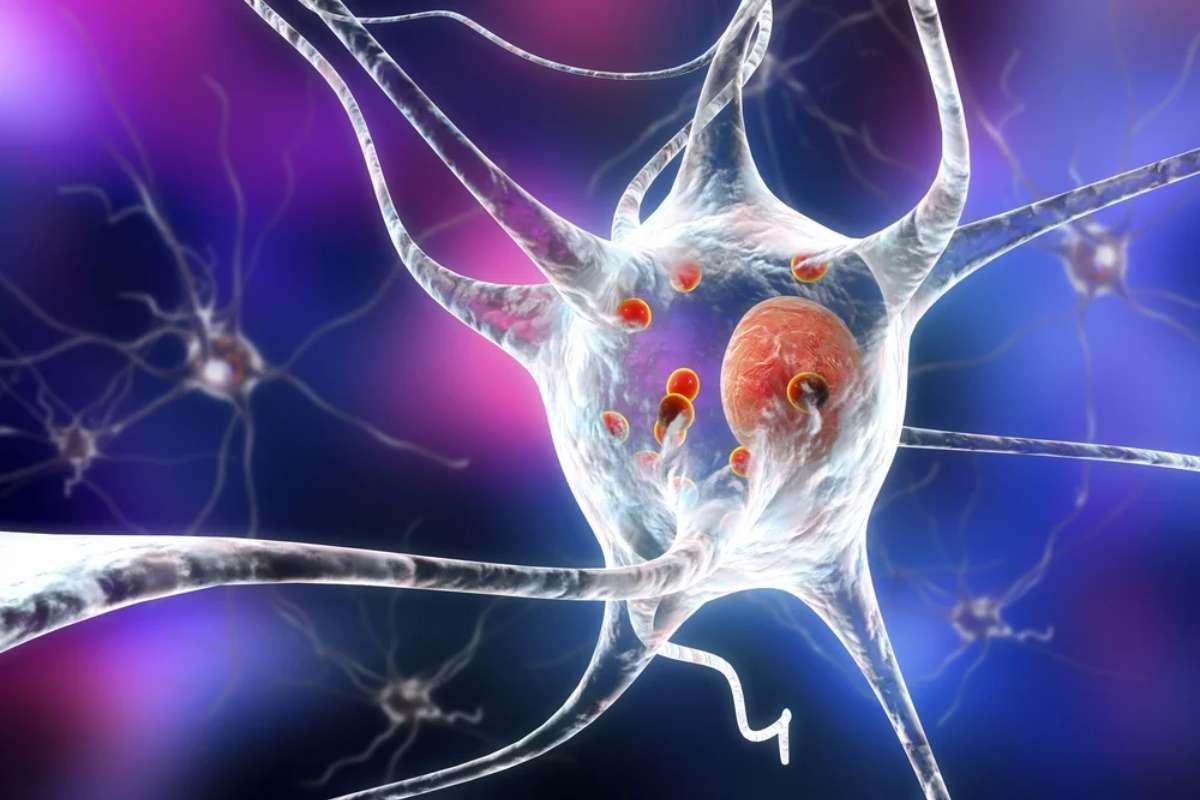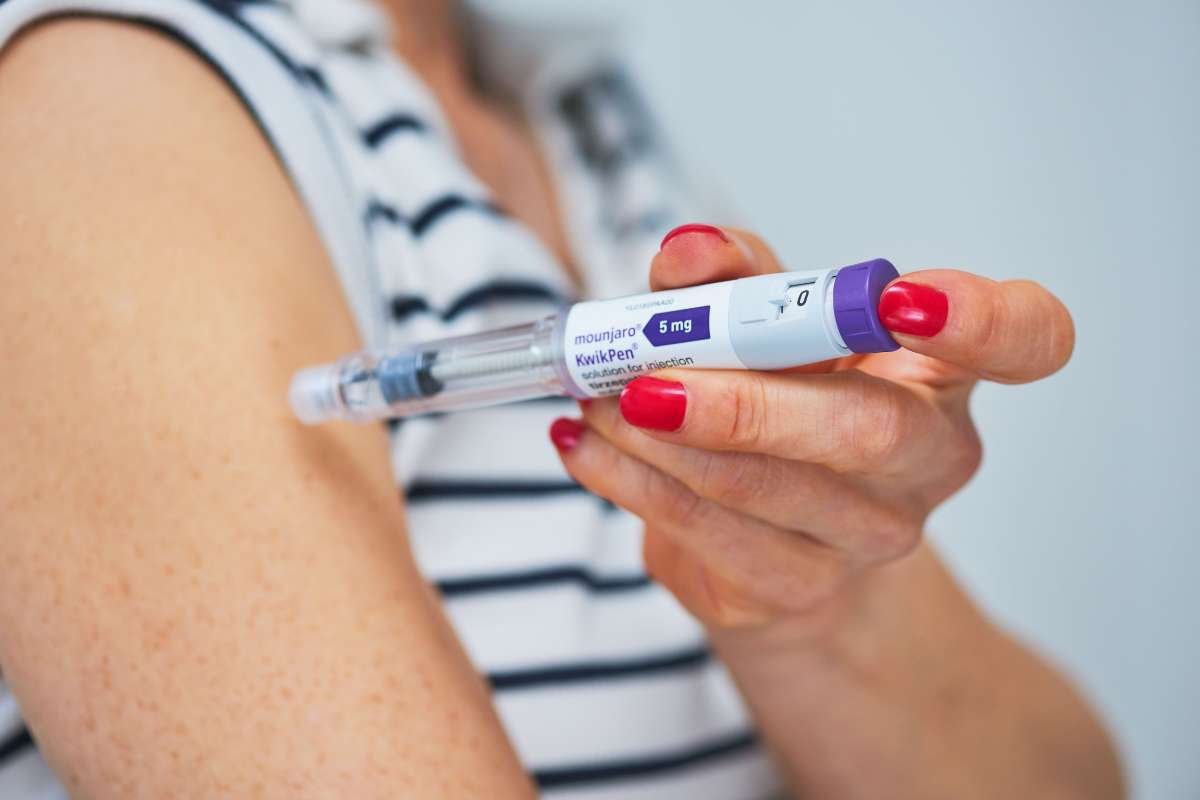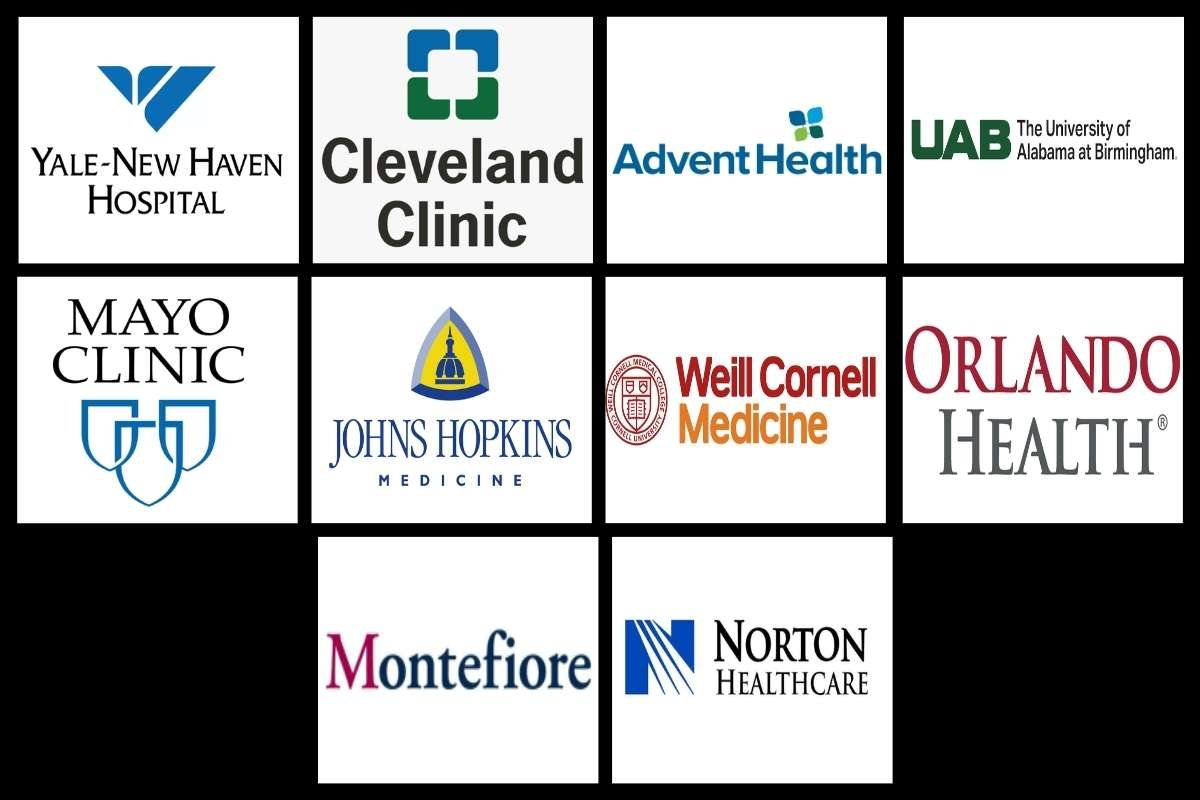Neurorestorative biotechnology is a growing field with the potential to transform treatments for neurological disorders and injuries. This interdisciplinary science combines biology, engineering, and medical technology to restore and regenerate the nervous system’s function. With applications in treating conditions such as stroke, traumatic brain injury, spinal cord injury, and neurodegenerative diseases like Parkinson’s and Alzheimer’s, neurorestorative biotechnology is paving the way for innovative, life-changing therapies. In this article, we explore the underlying principles of this biotechnology, current clinical applications, and future directions in the field.
Understanding Neurorestorative Biotechnology
The nervous system is extremely complex, performing numerous functions in the body, including physical performance, mental processes, and perception. The nervous system heals very little on its own after an injury. Traditionally, neurological injuries and disorders are treated symptomatically, that is to say, according to their manifestations or outward symptoms, rather than for their actual damage or lack of function. Neural Restoration Biotechnology seeks to change this paradigm by directly attacking pathologic injury, fostering regeneration, and augmenting healing.
These sciences include cellular repair, tissue engineering, and molecular therapies. Put simply, solutions provided must be in the direction of aiding the body to heal the nervous system or introduce new cells and structures that could help in lost functionalities. Techniques deployed are stem cell therapy, biomaterial scaffolding, and gene therapy to induce neuroregeneration.
Key Applications in Clinical Use
Neural Restoration Biotechnology is actively being applied in several areas of clinical practice, each designed to address specific neurological challenges. Let’s look at a few key areas:
1. Spinal Cord Injury Treatment
Injuries to the spinal cord cause paralysis because the nerve fibers damaged may not successfully send signals. Neural Restoration Biotechnology, particularly through stem cell therapy, has great potential for the generation of new neurons once transplanted into the site of injury. The biomaterial hydrogels are applied in scaffold engineering to promote cell regeneration and fixations in the damaged spinal cord. This kind of work is poised to reconstitute function and hence further facilitate nerve repair important landmark in the recovery process of spinal cords.
2. Stroke Rehabilitation
Stroke is one of the leading causes of disability resulting from interrupted blood flow to the brain causing tissue damage. Neurorestoration biotechnology is the stroke rehabilitation advanced through stem cell usage, replacing killed neurons, and improving plasticity in the brain. Results of these different clinical trials administering stem cell therapies have shown the ability to restore improved motor function and capacity for cognitive ability in stroke patients. Combining novel therapies as mentioned above along with the more conventional rehabilitation treatments such as physical therapy will likely enable significant improvement in recovery outcomes and positively enhance the overall quality of life for stroke patients.
3. Parkinson’s Disease Treatment
Parkinson’s disease is based on neurodegenerative loss of dopamine-producing neurons. The treatments in place are symptomatic management without neuronal loss replacement. Neural Restoration Biotechnology looks forward to replacing the lost neurons through cell-based therapy, particularly induced pluripotent stem cells. Such are undifferentiated cells that can easily differentiate into a dopamine-producing neuron and be placed into the brain, with the potential, to restore dopaminergic production for the possibility of offering a better approach to reverse the phenomenon of Parkinson’s disease.
4. Alzheimer’s Disease Research
Alzheimer’s disease poses significant challenges in understanding and treatment. Neural Restoration Biotechnology is investigating ways to regenerate neurons and introduce molecular therapies to slow cognitive decline. One promising approach is gene therapy, which aims to modify the expression of genes associated with Alzheimer’s, potentially protecting brain cells from damage. Although these therapies remain experimental, Neural Restoration Biotechnology offers hope for developing more effective, disease-modifying treatments for this devastating neurodegenerative disorder.
Technological Advances Driving Neural Restoration Biotechnology
Several technological innovations are propelling the field of Neural Restoration Biotechnology forward, each playing a critical role in the success of these therapies.
1. Stem Cell Technology
At the center of Neural Restoration Biotechnology lies the stem cell. Since they can differentiate into more than one type of cell, they hold good promise to replace damaged neurons. Embryonic stem cells, mesenchymal stem cells, and iPSCs are some types under review for neurorestorative applications. Mass production and safe usage of these stem cells form a priority for further clinical application.
2. Biomaterials and Tissue Engineering
Another very important aspect is the creation of biocompatible materials. Biomaterials can also be used as scaffolds. Scaffolds provide a framework for developing and growing new cells of the nerves. It has so far been promising in the use of hydrogels, nanofibers, and biodegradable polymers, especially regarding minimizing scar formation by supporting the regeneration of nerves while thwarting recovery in spinal cord injuries.
3. Gene Therapy
It is focused on the genetic aspect of the pathogenesis of neurological diseases. Genes involved in neurodegenerative disorders are managed in Neural Restoration Biotechnology by gene editing techniques, such as CRISPR-Cas9. This means correcting genetic mutations associated with a disease, such as Huntington’s or Alzheimer’s. It could lead to long-term therapeutic effects.
4. Advanced Imaging and Diagnostic Tools
Imaging of real-time neuroregeneration is one exciting area under development. With advancements in MRI, PET scans, and other imaging technologies, clinicians can view the treatment’s effects on the brain and nervous system, thus optimizing the therapy to provide a better outcome for the patient.
Future of Neurorestorative Biotechnology
Besides the concerns for the future, clinical practice offers much more in the form of discoveries through continued Neural Restoration Biotechnology research. The thrust of work now is toward combination therapies, not only to advance their effectiveness individually but indeed to make them more powerful and effective together. Thus, for example, combining stem cell therapy with gene editing could yield even more powerful treatments for complicated neurodegenerative diseases.
Soon enough, we shall see clinical applications of neurorestorative biotechnology beyond these first models open to other widespread diseases, such as traumatic brain injuries, multiple sclerosis, and amyotrophic lateral sclerosis. This, in turn, will spur a sort of degree of refinement towards personalized medicine approaches whereby therapies are better tailored and produced according to the genetic and molecular profiles of individual patients; therefore, maximally improving the precision and efficacy of their treatments.
Conclusion
Spinal Cord injuries, stroke, Parkinson’s disease, and so on an endless list of conditions thought hitherto to be otherwise hopeless cases now have a new hope through the repair and regeneration of neural tissues. It is one of the newest and most rapidly evolving areas for potential revolutionary treatment in neurological disorders and injuries. As more knowledge is established, neurorestorative biotechnology is well-poised to be the hallmark of future clinical therapeutics in changing how a human brain should be approached for neurological care and recovery.







